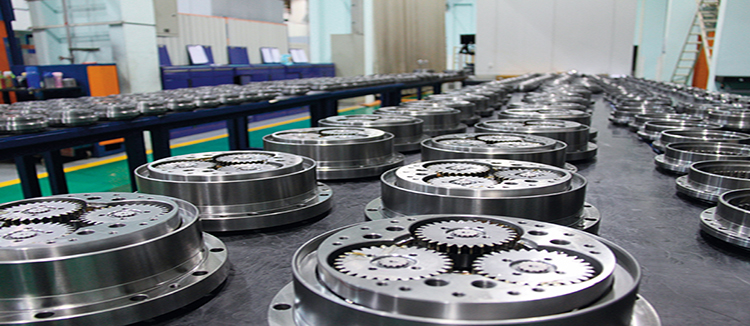The Comprehensive Guide to Understanding the Engineering Marvel: Cylinder
Cylinders are a fundamental concept in engineering and mathematics, representing a three-dimensional shape that is widely used across various industries. This article delves into the intricacies of the cylinder, exploring its geometric properties, applications, and significance in the world of engineering and design.
A cylinder is defined as a solid figure with two parallel circular bases connected by a curved surface. The height of the cylinder is the perpendicular distance between the two bases, and the axis of the cylinder is the line segment that passes through the centers of both bases. The radius of the cylinder is the distance from the center of the base to any point on the edge of the base.

Cylinders are encountered in everyday life, from the shape of a can to the design of a pipe. In engineering, cylinders are used in a multitude of applications, such as in the construction of engines, where the cylinder block houses the pistons, or in the design of pressure vessels, where cylindrical shapes provide structural strength and efficient use of space.

The mathematical properties of a cylinder are also of great interest. The volume of a cylinder is calculated by the formula V = πr²h, where r is the radius and h is the height. This formula is crucial in determining the capacity of containers, the amount of material needed for construction, and the efficiency of various mechanical systems.
One of the key advantages of the cylindrical shape is its strength. Due to its uniform distribution of stress, a cylinder can withstand high internal pressures without deforming. This characteristic makes it an ideal shape for applications such as gas cylinders, water storage tanks, and high-pressure containers.
Another application of cylinders in engineering is in the field of heat exchangers. Cylindrical tubes are used to transfer heat from one fluid to another, with the cylindrical shape allowing for a large surface area in contact with the fluids, thus enhancing the efficiency of heat transfer.
In the realm of mechanics, cylinders are also integral to the functioning of engines. The cylindrical shape of the engine's cylinders allows for the efficient conversion of linear motion into rotational motion, which is essential for powering vehicles and machinery.
Cylinders are not only limited to their physical applications; they also have a significant role in theoretical studies. In physics, the concept of a cylinder is used to model various phenomena, such as the flow of fluids around cylindrical objects, which is crucial in understanding aerodynamics and hydrodynamics.

The design and optimization of cylinders are also areas of active research. Engineers are constantly looking for ways to improve the efficiency, strength, and functionality of cylindrical structures. This includes the use of advanced materials, the incorporation of computer-aided design (CAD) software, and the application of finite element analysis (FEA) to predict the behavior of cylinders under various loads.
Educational institutions also emphasize the importance of understanding cylinders. In geometry classes, students learn about the properties of cylinders, and in engineering courses, they apply this knowledge to solve real-world problems. The study of cylinders is a stepping stone to more complex concepts in engineering and physics.
As technology advances, the role of cylinders in engineering and design is likely to expand. With the development of new materials and manufacturing techniques, the potential applications of cylinders are vast, ranging from microfluidic devices to large-scale industrial equipment.
In conclusion, the cylinder is a versatile and essential shape in the field of engineering. Its unique properties and applications make it a cornerstone of many industries, and understanding its principles is crucial for anyone involved in design, construction, or the study of physical sciences.










